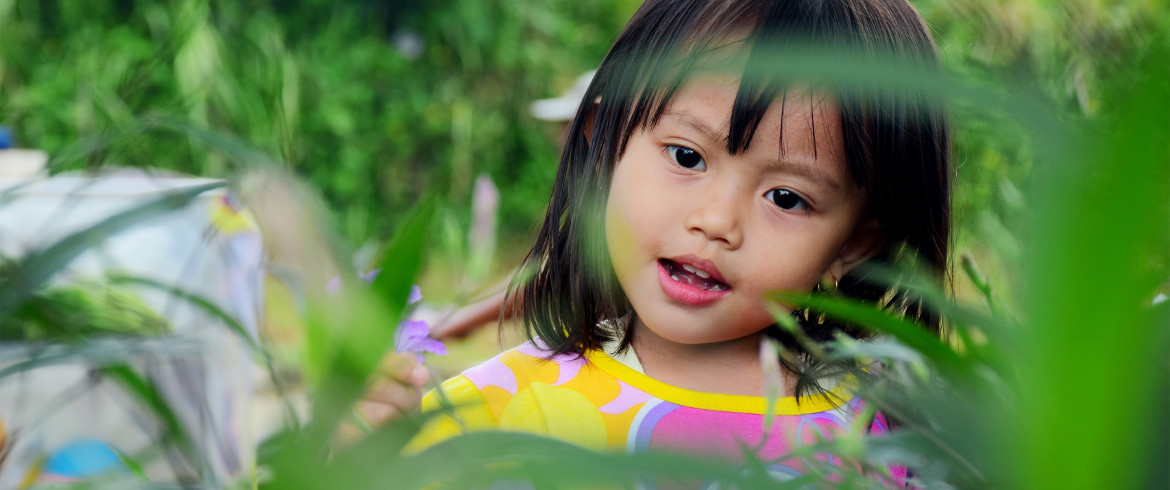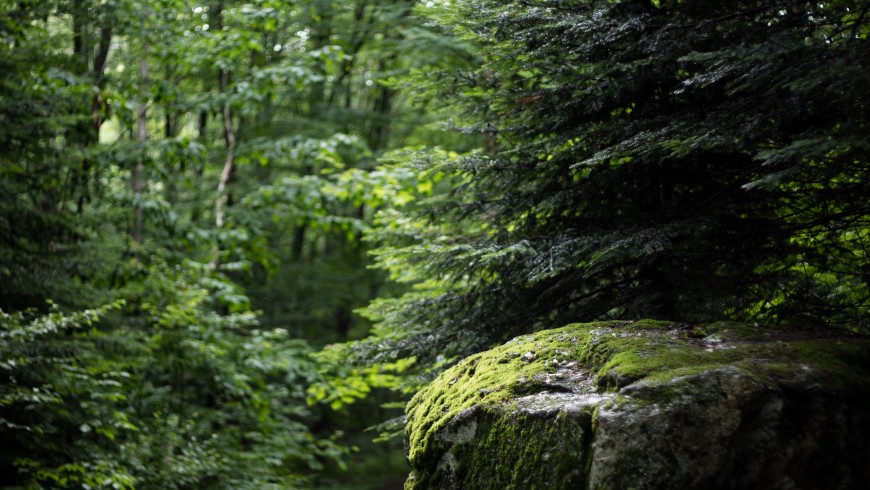The development of our brain is affected by a green environment. A recent scientific research shows that living surrounded by nature and trees gives suprising benefits to our mind and contributes to the development of the cognitive skills of children. Word of science.
To our mind, the green colour resembles the color of nature. A place where life finds its balance and health: we have always known, even if not on a conscious level, that this colour deserves high potentialities. The need of harmony for instance, that means living in a silent place, surrounded by nature, surrounded by greenness.
Today we have the scientific confirmation: living surrounded by trees and nature gives unexpected benefits to our brain. Something that goes beyond the placebo effect and that affects us since our childhood.
Benefits of greenness on our brain
Childhood is when the external context affects the most the development of our brain. The inputs we receive from the place where we grow up, from the people we are with, and so on, have a great effect on our mind, affecting its health and future potentialities. Today there are many scientific researches about it. One of these, named Nature and Neurodevelopment: Differences in Brain Volume by Residential Exposure to Greenness, helped discovering that our brain changes in a positive way when we are submersed in the green natural world.
The study was about 263 children from 7 to 9 years old and researchers traced the changes in the brain structure according to their exposure to vegetation. This is to say that the more a child is exposed to greenness and the more his cognitive area develops.
But how did they come to these results?
Firstly, researchers defined a green exposure index that could quantify the natural vegetation (quantity of trees, parks, forests…) in the area where every child lived.
Then they made a magnetic resonance to every child in order to see the size of their brain areas.
Finally they tested the cognitive skills of these children through a computer test. The combination of all these data let the researchers discover how much a green environment could affect the brain of these children.
Thanks to this study it was possible to trace the changes in the brain structure of children in relation to the quantity of green they were exposed to. The results are clear: the children who were closer to nature showed better brain skills. However, the whole mechanism through which this change occurs are still not clear.
Obviously there are other environmental factors – such as the family, the interaction with parents, etc. – that may have affected the brain development of children, but these were not considered in the study, which focused just on the quantity of vegetation.
Another limit to the research is that there is no measure for the quality of green areas, which means no difference between a beautiful urban park and a green abandoned one, or between a flowered playground and a square full of weed.
Nevertheless, the research enhanced the benefits of living close to nature. The author of the study – Wendee Nicole – remind us that:
“A psychophysical connection with nature is necessary in an urbanised area such ours, where more and more children live away from the green areas and are exposed to air pollution, noises and other factors that can compromise a healthy development of their brain.“
Wellness and nature in 3 steps
According to the research it is fundamental to make the green closer to the life of people, already since childhood. But how? Here you have 3 basic strategies:
1. Greener cities
The majority of the global population lives in cities (in 2050 the urban population will grow up to 6 billions!) and so they need to become greener, with playgrounds, parks and trees that anyone can reach.
Besides making the city more beautiful, trees affect positively on our health and improve the quality of the air we breath.
2. Trees and cleaner air (at home, too)
The quality of the air is important. It lets us oxygenate our blood and our mind. But we often underestimate the importance of a healthy air inside our homes, too. Dust, emissions from cooking and smoke can turn our house into a big mixture of toxic substances.
Thanks to plants you can solve this problem. There are many types of them and they will give you a precious help in purifying your house.
3. Walking into the nature
Another great solution to get closer to the green world and do something good to our brain (and not only to it) is walking into the woods. A recreational and healthy activity that helps us to get away from the urban pollution. The benefits are enormous and there is no need of great efforts to get in such places.
To go on holiday is the best way to try that feeling of happiness and escapism that gives us so many benefits.
Some places are capable of giving us a regenerating energy, which is very difficult to find. Less stress, better sleep and more concentration are precious benefits that only a peaceful context releases, because it will let you live your adventure the best way. We already have our top 10 list of places where you can enjoy the benefits of silence. And we are ready to go!
If you too have your favourite list of beneficial places, do not miss the chance to share it. Discover new places is our passion.
Cover Image: photo by Nurpalah Dee via Unsplash






